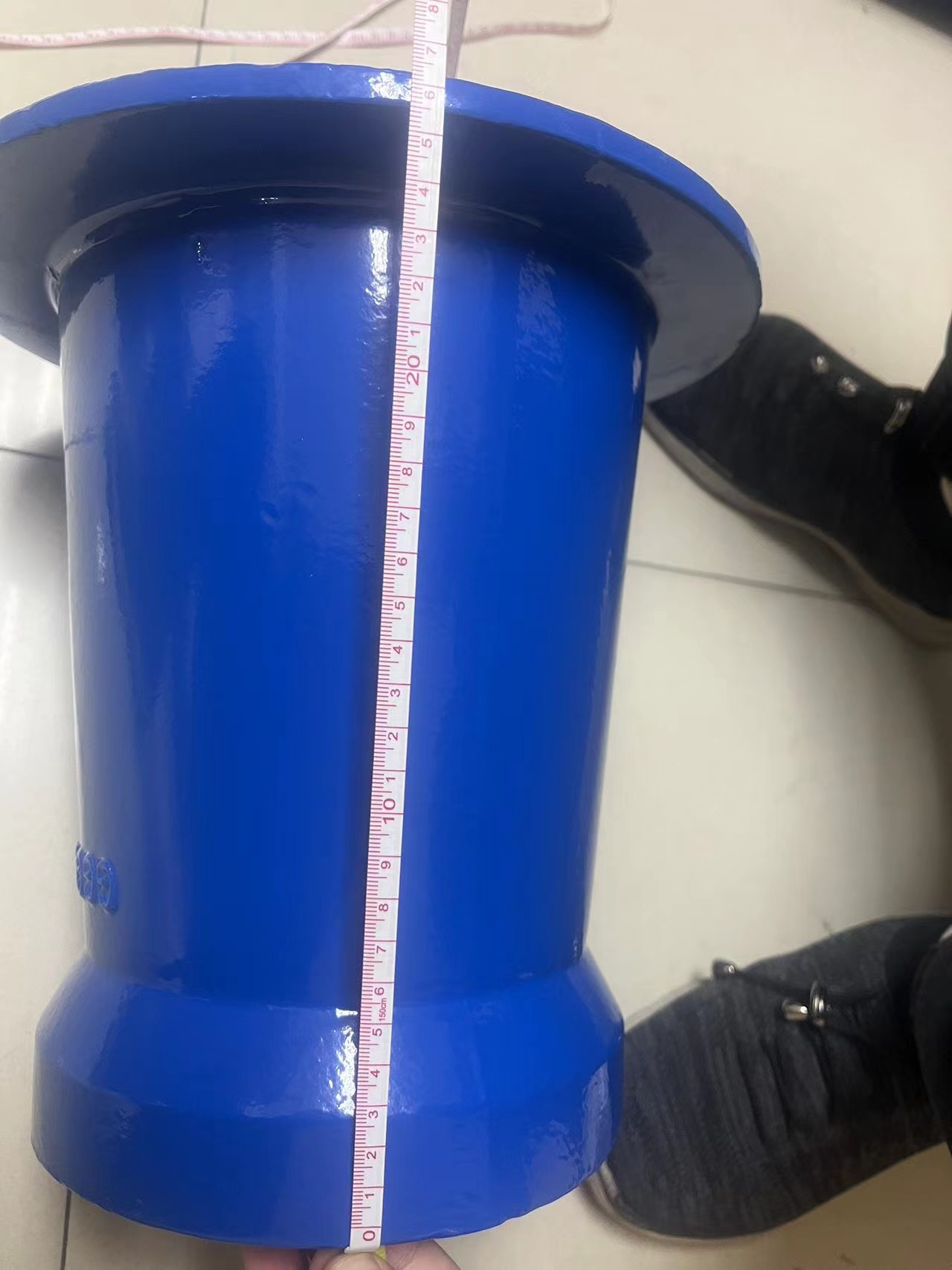Bathroom Floor Drainage Solutions for Enhanced Hygiene and Safety
The Importance of Bathroom Floor Grating Designing for Safety and Hygiene
When it comes to designing a bathroom, functionality, safety, and hygiene are paramount. One often overlooked but critical element is the floor grating. Bathroom floor grating serves multiple purposes that contribute to a safer and more hygienic environment. This article delves into why bathroom floor grating is essential, the materials commonly used, its design considerations, and maintenance tips.
The Role of Bathroom Floor Grating
1. Drainage Efficiency One of the primary functions of bathroom floor grating is to facilitate efficient water drainage. Bathrooms are prone to moisture due to showers, baths, and sinks. Properly installed floor grating allows water to flow seamlessly into drainage systems, preventing puddles that can lead to slips and falls. This is particularly important in commercial settings, such as hotels and gyms, where high foot traffic increases the risk of accidents.
2. Hygiene Maintenance Bathrooms are hotspots for bacteria and mold growth due to the constant moisture and humidity. Floor grating assists in maintaining hygiene by allowing water to drain away quickly, which reduces standing water. Many floor grates are designed with antimicrobial materials or coatings to inhibit bacterial growth. Regular maintenance and cleaning of grates also play a critical role in ensuring a hygienic environment.
3. Slip Resistance Safety is a significant concern in any bathroom. Floor grating can be designed with slip-resistant surfaces to minimize the risk of falls. Textured or perforated grates create friction underfoot, helping users maintain their footing, even when the floor is wet. Choosing the right type of grating can significantly enhance the overall safety of the bathroom area.
Materials Used in Bathroom Floor Grating
Bathroom floor grating comes in various materials, each with its advantages and drawbacks
- Stainless Steel Known for its durability and resistance to corrosion, stainless steel is an excellent choice for areas exposed to water. It is easy to clean and can withstand high temperatures, making it suitable for bathrooms.
- Plastic Lightweight and cost-effective, plastic grates can resist moisture and are often used in residential bathrooms. However, they may not provide the same level of durability as metal options.
- Cast Iron Often used in industrial settings, cast iron grates are incredibly sturdy and can handle heavy foot traffic. They are more commonly seen in commercial bathrooms due to their strength and longevity.
- Aluminum Lightweight yet strong, aluminum grates are resistant to rust and corrosion, making them suitable for wet environments. They can be an attractive aesthetic option as well.
bathroom floor grating

Design Considerations
When selecting bathroom floor grating, several design considerations should be addressed
1. Size and Shape Grates come in various sizes and shapes, which can affect how effectively water drains. Consider the layout of the bathroom and the specific drainage needs before selecting a grate.
2. Load Capacity Depending on the foot traffic expected, ensure the chosen grating can handle the anticipated load. Heavier grates may be necessary for high-traffic areas, while lighter options may suffice in private bathrooms.
3. Aesthetic Appeal While functionality is crucial, the bathroom’s overall design should not be overlooked. Choose grates that complement the bathroom's aesthetic while also serving their practical purpose.
Maintenance Tips
Maintaining bathroom floor grating is essential for longevity and effectiveness
- Regular Cleaning Remove debris and buildup frequently to ensure optimal water flow. Depending on the type of material, different cleaning agents may be more effective.
- Inspect for Damage Regularly check for cracks, rust, or other signs of damage that could compromise safety and drainage. Replace any damaged sections promptly.
- Check for Blockages Ensure that the drainage system below the grating is clear of blockages. This will help maintain proper drainage and prevent backups.
Conclusion
In conclusion, bathroom floor grating plays a crucial role in ensuring safety, hygiene, and functionality in both residential and commercial bathrooms. By understanding its importance, selecting the appropriate materials, considering design elements, and implementing maintenance practices, you can create a bathroom space that is both practical and aesthetically pleasing. Investing in quality floor grating is not just a choice; it is a commitment to a safer and cleaner environment.
-
The Smarter Choice for Pedestrian AreasNewsJun.30,2025
-
The Gold Standard in Round Drain CoversNewsJun.30,2025
-
The Gold Standard in Manhole Cover SystemsNewsJun.30,2025
-
Superior Drainage Solutions with Premium Gully GratesNewsJun.30,2025
-
Superior Drainage Solutions for Global InfrastructureNewsJun.30,2025
-
Square Manhole Solutions for Modern InfrastructureNewsJun.30,2025
-
Premium Manhole Covers for Modern InfrastructureNewsJun.30,2025
